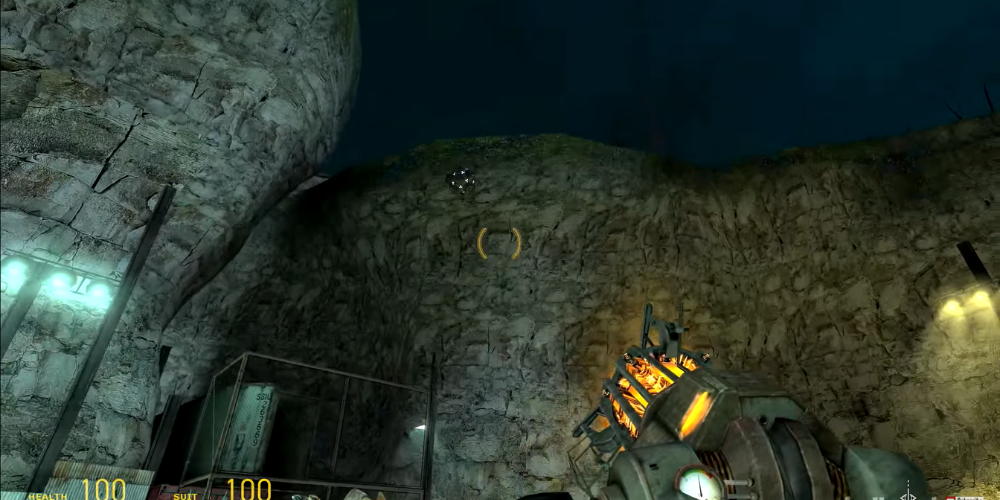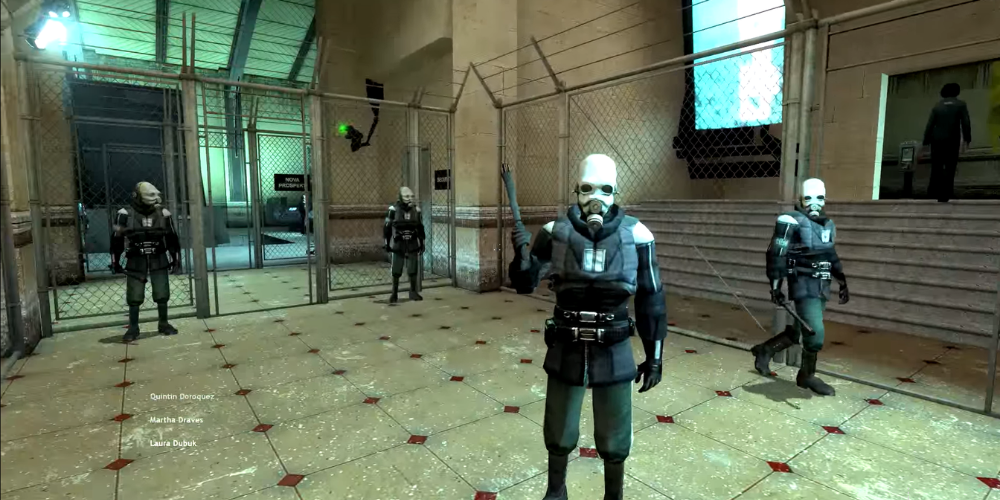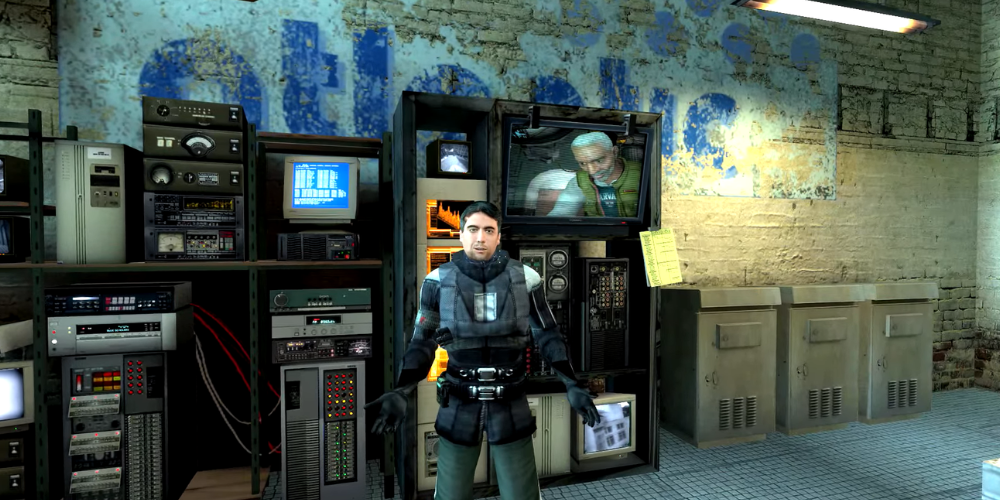
When Valve Corporation released Half-Life in 1998, it disrupted the gaming world with its ground-breaking features and mechanics. This first-person shooter not only revolutionized storytelling and gameplay in video games but also changed the destiny of studio Valve itself. Let's look at ten astonishing ways Half-Life indelibly affected the gaming industry.
Half-Life turned heads with its narrative
The intricate narratives we see in our favorite video games today may have never materialized without Half-Life's precedent of seamlessly weaving story elements into gameplay. Instead of breaking immersion through cut scenes or lengthy texts, the game kept players engaged by unfolding the plot directly through environmental cues, dialogue, and player-controlled action.
In-game physics taken to a new level

Remember those seesaw puzzles from Half-Life 2? They became possible due to Valve's novel implementation of a physics engine called Havok, which many game developers have adopted since.
Fearlessly focus-tested
Half-Life's development team took an unusual risk by involving gamers in feedback through focus testing - a rare practice then. The tactic paid off immensely as they received invaluable insight that reshaped aspects of the game for better playability and immersion.
The modding movement takes off
From Counter-Strike to Team Fortress Classic, some iconic titles owe their origins to being mods for the original Half-Life; this inspired other studios to design their games around community-created content.
A cultural stepping stone with resonance

o longer were video games seen purely as entertainment toys - Heavily-themed existential and philosophical undertones etched within Half-Life redefined them as conduits for complex narratives and thought-provoking ideas.
Revolutionary artificial intelligence (AI)
Half-Life's AI was ahead of its time, with enemies tactically retreating or ambushing, making combat feel alive like never before. This sparked a revolution in game AI development.
The dawn of digital distribution: Steam
The sequel Half-Life 2's mandatory use of Valve's then-budding platform, Steam, confounded players back then. Today, however, it is one of the largest digital distribution platforms in the industry.
Immersive, invisible tutorials

Half-Life eschewed the convention of intrusive tutorial sections and cleverly integrated tips and guidance into gameplay. This non-handholding approach became popular for all future games that aimed to immerse their players.
A new dimension via a gravity gun
The Gravity Gun introduced in Half-Life 2 not only became an iconic gameplay object but also opened doors to developers regarding level design possibilities, impacting the way innumerable games were designed after that.
Pioneering episodic content
Amidst criticism for long intervals between releases, Half-life boldly introduced episodic story elements. Unfortunately, it is an unfinished trend that remains infamous today but has inspired many other triple-a titles to adopt this release strategy.
In conclusion, from narrative and mechanics to distribution methods and community engagement, Half-Life contributed significantly to what we now take for granted within gaming culture today. Its impact continues even decades after its initial release - a testament to its ground-breaking nature at the dawn of the modern gaming era, which eventually turned Valve into one of the most prolific studios in the industry.